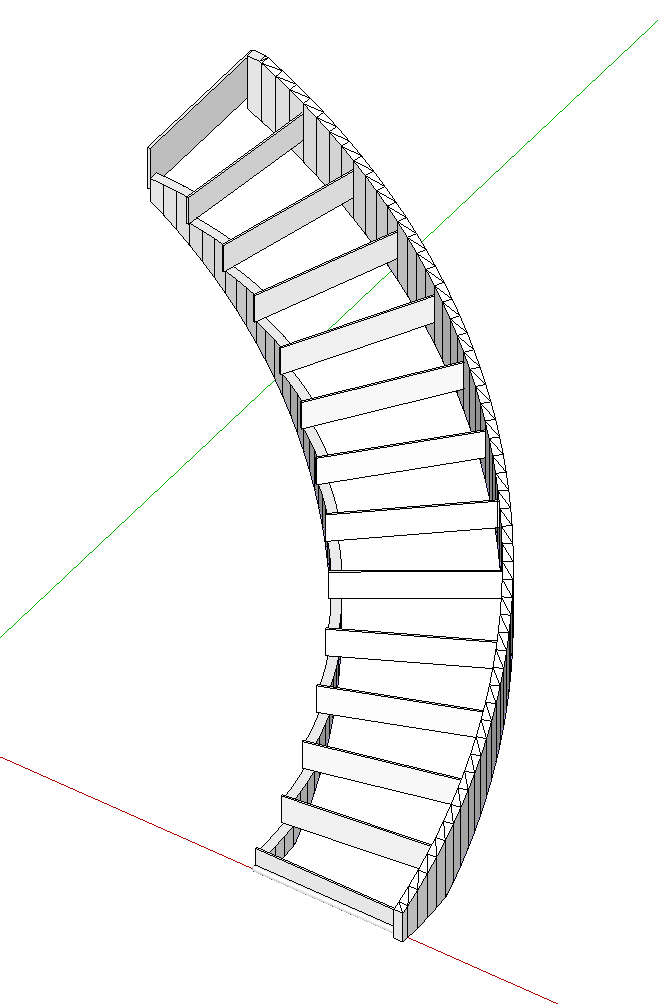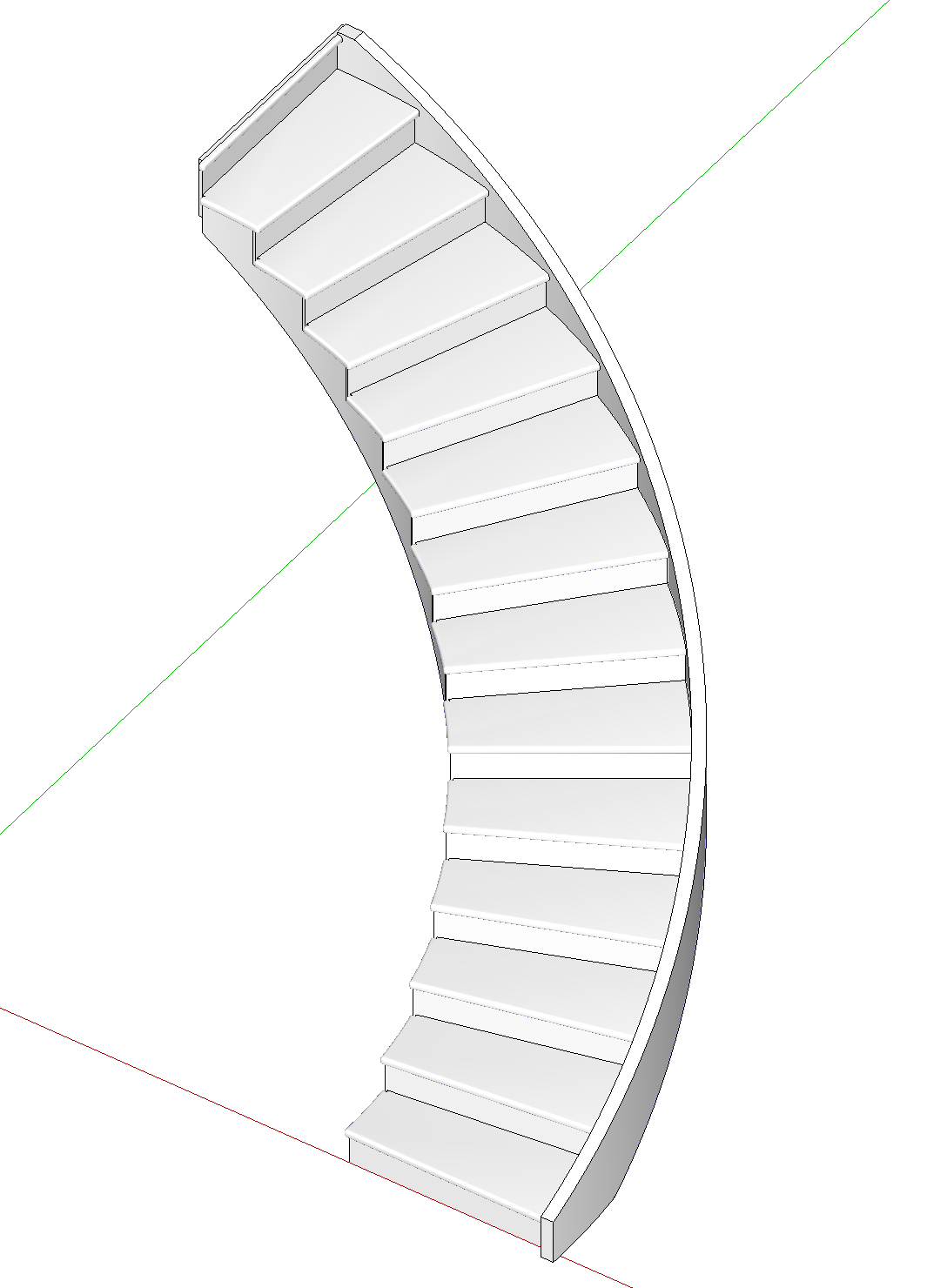Correcting a misstatement in the first post: the results are transformed using the inverse of trans2 to place them into the destination Entities. That is, trans2 is the transformation that would put ents2 into model coordinates. Its inverse takes points in model coordinates back into ents2. You do not supply the inverse - it is done for you inside intersect_with.
A further wrinkle: if you want to generate the intersections of two ComponentInstances, you can do so as follows:
Suppose ci1 and ci2 are two ComponentInstances you wish to intersect, and that g is a group into whose Entities you want to place the results. Also suppose that these objects are in the same containing context, e.g. directly in the model (more on this below)
e1=ci1.definition.entities
t1 = ci1.transformation
e2_arr = ci2.definition.entities.to_a
t2 = ci2.transformation
invt2 = t2.inverse
et = t1 * invt2
gt = g.transformation * invt2
ints_arr = e1.intersect_with(false, et, g, gt, false, e2_arr)
As noted in my earlier post, intersect_with's calculations always take place in the coordinate system of its final argument, e2_arr - as it must because there is no transformation associated with that argument. Because ci2's Entities belong to its ComponentDefinition, they are in the arbitrary coordinate system of the definition, not in model coordinates. But, concatenating the inverse of ci2's transformation onto ci1's transformation builds a transformation from ci1's coordinates into ci2's coordinates. Likewise for the group g.
You could, of course, transform all of ci2's Entities into the target coordinates yourself, but the way I showed seems cleaner and more efficient to me.
As noted earlier, this snippet assumes that all three DrawingEntities were originally in the same context, e.g. directly in the model rather than nested in another component. The same concept works when they are nested, but you have to build a multi-step transformation to reach the coordinates of ci2 from the coordinates of the other two.
Steve





